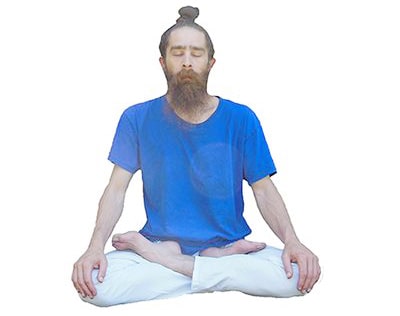
Samaveta Pranayama

In Sanskrit, Samaveta means "together" and Pranayama means "control of the life force energy." This practice is a Sama Vritti Pranayama practice, meaning "equal ratio breathing" where the inhale and exhale are the same ratio. This practice includes Antara Kumbhaka, meaning "internal breath retention."
This practice is preformed by breathing through both nostrils at the same time which is unlike most Pranayama practices.
Practice
Sit in a Meditative Asana or a comfortable seated position.
Preform Yogic Breathing by allowing the belly to expand,continue to inhale allowing the chest to expand, take another inhale which can be described as a sip of air that allows the collar bones to rise a little.
Make the movement of the abdomen and the chest as rhythmical as possible.
Do not strain but try to breathe as deeply as possible.
Continue for a few minutes.
Inhale and hold the breath for a second or two without straining.
Exhale, the breathing should be as slow as is comfortable.
Exhale as much air as possible and then inhale.
Again hold the breath for a short time and then exhale.
The six cleansing actions are intended to be the start of a Yoga practice in order to clean, strengthen, remove toxins and improve the flow of Prana through out the practitioner.
Yoga poses help to elongate and strengthen the muscles of the body as well as to calm the mind for the deeper spiritual practices of Yoga.
Breathing exercises are a great practice to remove carbon dioxide, increase lung capacity as well as being a good preparatory practice for the deepest spiritual practice of Yoga, Meditation.
The four body locks that makes up this practice give the practitioner the ability to hold or lock Prana in certain locations of the body. These practices also allow the practitioner to release blockages that may be holding the practitioner back.
The gestures in this practice include the whole body and are intended to awaken Prana, Chakras as well as Kundalini energy within the practitioner.
Meditation is the highest spiritual practice of Yoga which is why this practice is the most difficult practice to preform, but with correct knowledge and dedication, can be the most profound practice of Yoga.